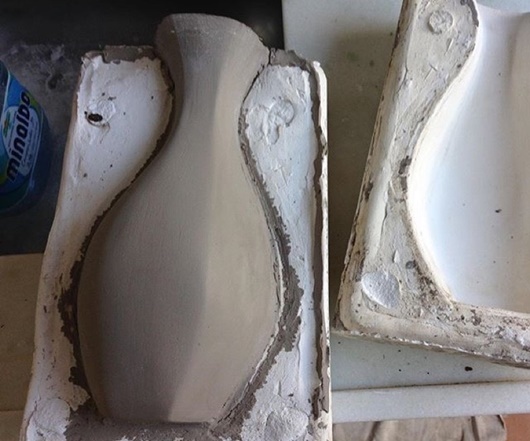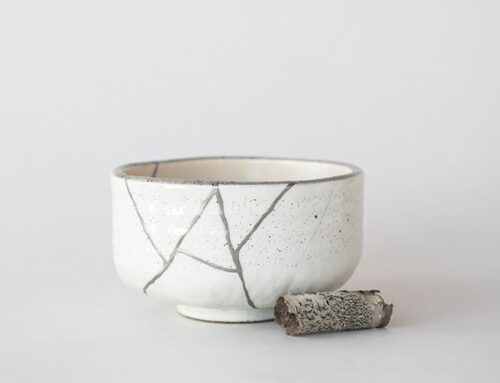
How were the molds of the bodies of Pompeii formed?
Mount Vesuvius erupted in 79 AD. During this terrible day, there was probably a smell of sulfur and noises coming from the mountain, but the inhabitants of Pompeii didn’t pick up on these signs. For them, the eruption of Vesuvius happened suddenly, catching them off guard.
Small stones and pumice fell onto the streets, courtyards, and roofs, blocking the escape routes. Then, a glowing pyroclastic flow flooded the city, killing the survivors and burying them under volcanic ash (a pyroclastic flow is a flow of magma and gas material that can reach speeds of 700 km/h and temperatures of 1000 °C. I imagine it’s somewhat like what happens when you set your kiln to a high temperature, and a low-fire piece sneaks in, melts, and runs down the walls of the kiln… but anyway, let’s get back to the topic).
The bodies of the victims remained in the same position as when the pyroclastic flow hit them.
Around 1870, the Italian archaeologist Giuseppe Fiorelli suggested filling the voids left by the bodies with plaster, an innovative technique that allowed for the preservation of the details of this tragedy. The eruption’s ashes settled on the bodies, hardening, and the organic matter disappeared, leaving only the bones. However, a hollow chamber remained where the muscles, clothes, and other belongings of the victims had been. By pouring plaster into these voids, Fiorelli was able to create highly precise molds that show us the last moments of these people’s lives.
Not only skeletons, but also their positions and gestures: many had their hands around their faces, possibly in an attempt to avoid inhaling toxic gases and ash. The plaster molds have preserved these moments, as details such as hair, clothing, and facial features were saved.
Undoubtedly, this was a tragedy, but what fascinated me while reading it was Fiorelli’s idea of using plaster to reproduce the bodies and give us an idea of what happened in Pompeii.
Well, you might be wondering: “What does this have to do with ceramics and eltorn?” Well, if you’re a reader of our newsletters, you know that here, everything leads to ceramics… And as mentioned, plaster reproduces even the smallest detail of anything… and it’s a very common technique used in ceramics to reproduce pieces in series… and Anás is going to show you how to do it…
Click here for the workshop details.
Oh, and what’s Jon Snow doing in the picture? Well, he left King’s Landing after killing Khaleesi, went to Pompeii, and changed his name to Milo… but he had bad luck, poor guy…
Talk to you soon! Hugs, Paula




